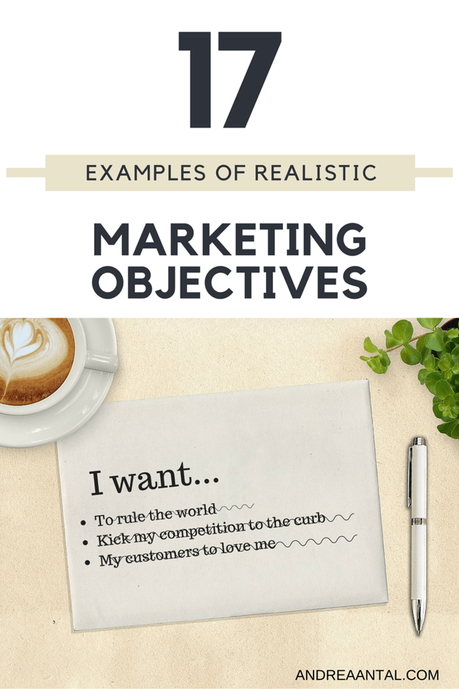
Maybe we should do some advertising." "Our competitors are offering coupons. Should we do some coupons, too?"
Sound familiar?
If you're in the process of crafting your marketing plan, it's important to avoid the pitfalls of random marketing. When you run out of insights, information and time, it becomes almost inevitable that all kinds of marketing activities end up being thrown at the wall to see what sticks. Many people try one thing after another, hoping to see sales increase without any real idea of what may work, why, and how.
You may not even think twice about it if you have tons of time and money to waste, but chances are, you don't; and they probably won't serve you well in the long run anyway. This type of random marketing reminds me of a clever theory that if you put enough apes at enough typewriters for long enough, they'll eventually produce a Shakespearean play by chance. They might, but not likely. And do you really want to try that approach? I hope your answer is no!
It's time to get honest and clear when it comes to setting realistic marketing goals and the strategies you'll use to accomplish them.
Ideally, your objectives should reflect the resources you have available, such as salespeople or money to spend. They should complement and invigorate your existing marketing activities so that your overall marketing plan works cohesively.
Because marketing costs time and money, it's important that you set realistic goals and work to fulfill them in a manageable way.
When working with new clients, one of the greatest challenges they face is defining their marketing objectives. Usually, "we want to grow sales" is what I hear, which, of course, is understandable, but it's important zero in and be as specific as possible so that you create strategies that speak to those particular goals.
Here are 17 realistic marketing objectives you can use to achieve your mission or growth goals:- Boost the performance of salespeople or distributors
- Change the way customers think of your offering (repositioning)
- Cross-sell more products to existing customers
- Develop new channels of distribution (such as the Web)
- Educate customers about a new technology or process
- Expand into new geographic markets
- Fend off a competitor's challenge
- Find new customers
- Generate more or better leads for the sales team
- Improve customer service
- Improve the distribution of existing products or services
- Increase the average order size
- Increase the perceived value of offerings to counter a trend toward a price competition
- Introduce new products or service
- Recruit new distributors or retailers
- Attract attention and create a buzz
- Reduce customer complaints
As you go through the list, you might find that several of these objectives apply to your situation. Perhaps you have your own objectives that aren't on the list. Whatever they are, make sure they are crystal clear before you start planning.
